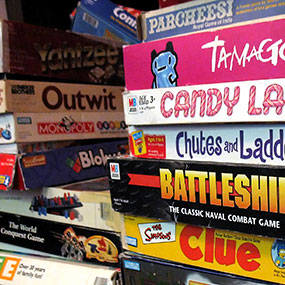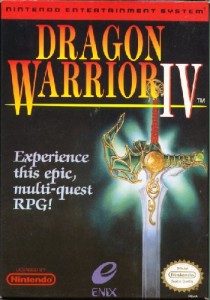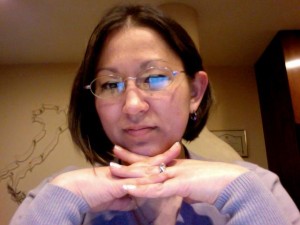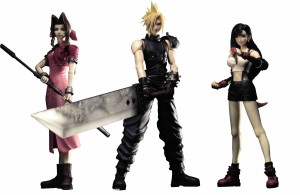 A guest post by Tom Buller
A guest post by Tom Buller
When was the last time you played Monopoly? I’m not asking if you’ve ever played, because most of us have endured that ubiquitous game. Chances are you didn’t want to touch it for years afterward. Dare I ask if you want to join me for a game of mostly random chance that drags on and on with only rare glimpses of entertainment—tiny bursts of enjoyable conflict amidst crushing boredom and steady, mild, unproductive stress?
I thought not. Thankfully, these days board games stomp all over Monopoly with its own pewter boot. The best games now play in less time and keep players engaged throughout, from first card drawn until the last roll of the dice.
The difference? Mechanics. Order. A well-constructed system. Monopoly presents a broad theme with very basic options that fail to drive the experience to its conclusion before half the players want to flee the table (or wander off looking for some wet paint they can watch dry). Modern games, like Settlers of Catan or Ticket to Ride, to name a couple of popular options, offer focused gameplay with play times well matched to their premise and structure.
The system and mechanics are to board games as story structure is to fiction.
One of the most compelling mechanics is the type that offers players multiple options but limits their choices. If you desperately want to do three different things on your turn but can only choose one, the tension will keep you always wanting just one more turn. Or three, or a dozen.
In fiction, we are guiding the players through the game. Outside of certain children’s books, readers aren’t making choices about the story’s direction. We choose for them. But can we create and maintain that tension and interest? Character development can blur the lines and get readers cheering for more than one character, even ones supposedly on opposing sides. Shades of gray give readers doubt and engage them in thoughts about competing motivations.
Speaking of what readers want, we can look to games like Ticket to Ride as reminders to hold off. Let the anticipation build. Two of Ticket to Ride’s game mechanics are card drafting and set collection. The former means choosing cards from a limited pool, and the latter is exactly what it sounds like. Players seek particular cards, but often miss out on them or simply don’t see them pop up on their turn, so when the moment finally arrives, it’s a big payoff. Delayed gratification. As writers, we of course want to give readers what they want, but it’s better for everyone if there’s a struggle toward the jackpot.
Then there’s the element of chance: rolling the dice. Many of the more successful games these days have stricter limits on randomness. A greater percentage of actions must be deliberate, chosen tactics part of a greater strategy. It’s a lesson for building plot—random chance can only act on your story so much before you begin to lose the audience. Coincidences happen more often in real life than they can in fiction. The author and the game designer are perfect analogs of each other. Sorry, author, you must carefully lay out the events in your story or risk writing a dice-laden game of Monopoly that drives readers away.
Remember your last game of Monopoly that just wouldn’t end, no matter how much money you pilfered from the bank so poorly guarded by Cousin Becky? If only Parker Brothers had designed the thing with a well-structured and timely end game. It’s no Settlers of Catan, which sets an exact winning bar and employs a system that allows exponential growth toward the goal, speeding progress as players vie for victory.
When crafting your story’s resolution, modern board games reiterate a message that always bears repeating: choose a specific end point and give plenty of thought to timing.
With board games, theme can take the experience to the next level, as with setting in fiction. The theme can support the mechanics, keeping players or readers engaged even despite elements of the underlying structure that aren’t quite dialed in. For example, if you love everything ancient Egyptian, you’ll probably stick with a lesser game that’s dripping in hieroglyphics and has a board festooned with miniature pyramids. Maybe you’d even play one more round of Monopoly: Sphinx Edition. But if The Great Pyramid is simply a title pasted over Park Place, you won’t be playing much longer. Systematic structure separates the games and books that sit on the shelf gathering dust from those we invite all our friends to enjoy.
 Tom Buller writes corporate marketing copy by day and is a freelance editor by night, juggling a toddler somewhere in between. He stumbled upon board gaming a decade ago when a friend introduced him to Settlers of Catan, forever changing his conception of what a board game can be. Favorite fiction genres: thrillers, science fiction, and fantasy.
Tom Buller writes corporate marketing copy by day and is a freelance editor by night, juggling a toddler somewhere in between. He stumbled upon board gaming a decade ago when a friend introduced him to Settlers of Catan, forever changing his conception of what a board game can be. Favorite fiction genres: thrillers, science fiction, and fantasy.

 A guest post by Kim May
A guest post by Kim May Kim May writes sci-fi and fantasy but has been known to pen a gothic poem or two. She works at an independent bookstore and dog/house sits on the side. A native Oregonian, she lives with her geriatric cat, Spud, and spends as much of her free time as she can with family and friends. She recently won The Named Lands Poetry Contest. If you would like to find out what she’s working on, please visit
Kim May writes sci-fi and fantasy but has been known to pen a gothic poem or two. She works at an independent bookstore and dog/house sits on the side. A native Oregonian, she lives with her geriatric cat, Spud, and spends as much of her free time as she can with family and friends. She recently won The Named Lands Poetry Contest. If you would like to find out what she’s working on, please visit  A guest post by Sam Sykes
A guest post by Sam Sykes![author-pic[1]](http://www.fictorians.com/wp-content/uploads/2013/08/author-pic1.png) Guest Writer Bio: Sam Sykes currently lives in the United States with his two hounds and, at any given time, is probably yelling at something inanimate.
Guest Writer Bio: Sam Sykes currently lives in the United States with his two hounds and, at any given time, is probably yelling at something inanimate.